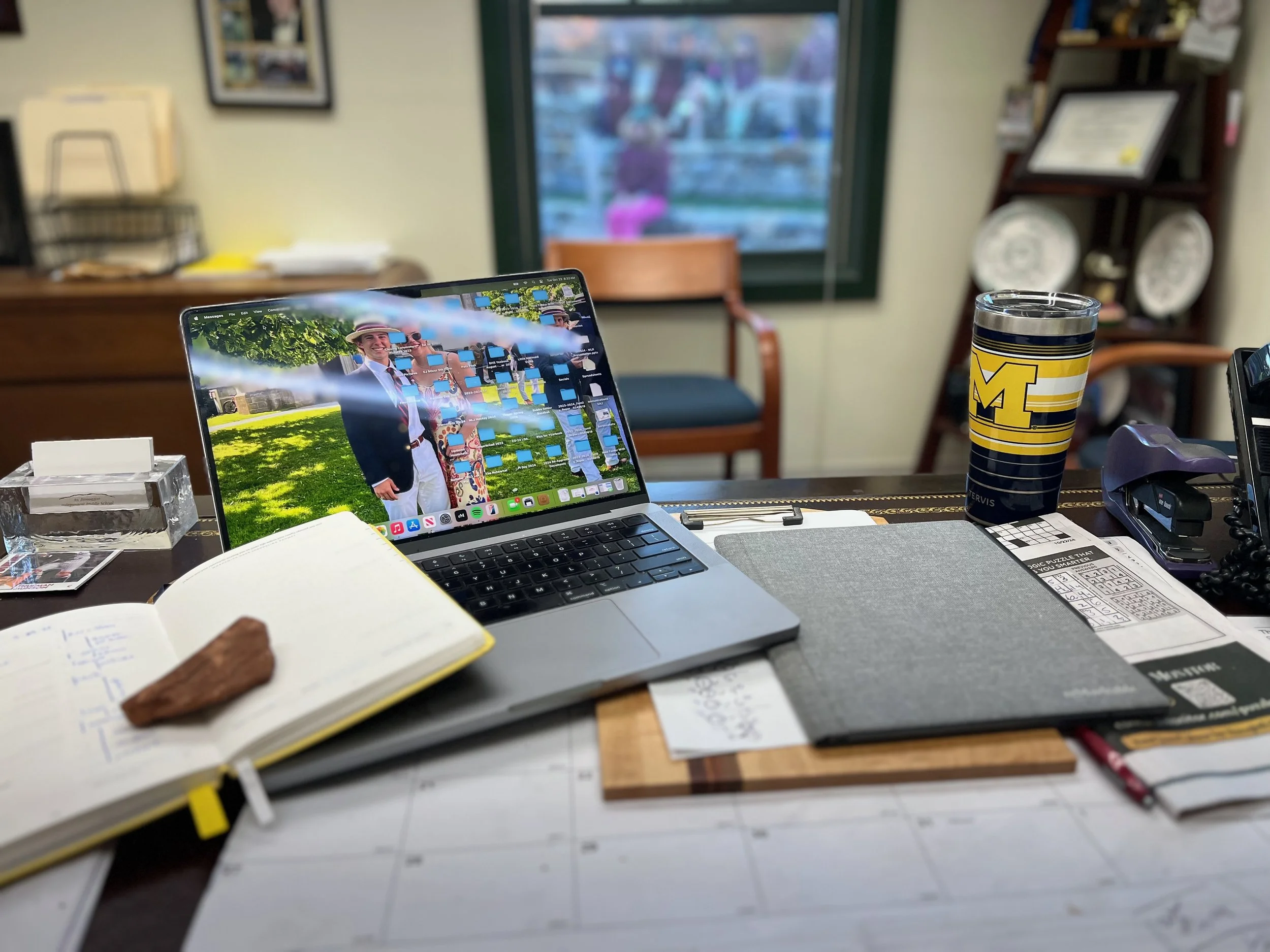This is time of year when classes are starting all over the country – from pre-K to Pre-Med. While many younger students must take a clearly defined set of classes, a large number of students are still trying to select their classes. At many schools, it can be a challenge to get the exact class that one desires. While it may not be that all students are in the exact class they want, one never knows the impact of what they may learn in any given class. Or, as the Grateful Dead lyric goes – “once in a while you get shown the light, in the strangest of places, if you look at it right.”
Perhaps there is no better example of unintended learning, than the story of Steve Jobs and what he learned by attending a calligraphy class at Reed College. One might not expect that a tech focused individual would get much from a calligraphy class, but the tale has been well told, that it was in this class that Jobs learned to appreciate multiple fonts and spacing – which has become a critical piece of the Apple experience.
Here at The Beech Hill School, our students are choosing their electives for the fall trimester. I am always amazed that our small school can offer up almost 10 elective classes every trimester, ranging from painting to robotics; gardening to drama – and it seems like just about everything in between. Our students are quite fortunate to have these choices, and although some may not get the exact class they want – like Steve Jobs, they all will have the chance to learn something that could have an unexpected impact later in their lives. In the end, we never know when we might have the opportunity to “get shown the light.”

